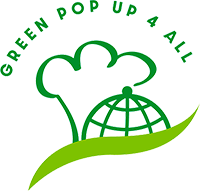With our joint pop-up in Jyväskylä, our two-year project to explore new paths in the future of the restaurant industry comes to an end. Two years of learning where entrepreneurship and sustainability have been at the forefront.
We arrived in Jyväskylä shortly after autumn had reached the city, and we were welcomed by a landscape in yellow and red. Our business trip to this picturesque town was not just a journey to a conference; it was a journey to culinary excellence.
With the goal of shaping the future of culinary education, we embraced the flavors of the Finnish cuisine. In the forests and fields surrounding us, we found many of the ingredients that the students would later use during the week.
Head Chef Helmut Rauaiaho set the tone when he, in his presentation, demonstrated the vital role of both the chef and the server. Through their knowledge, they create flavors that delight both the eyes and the palate, offering guests a great start to the day.
In addition to this presentation, we also conducted some field visits and lectures that showcased how the local business community has embraced environmental change. Here, we’re thinking of hotel Alba and the farm Järki Särki.
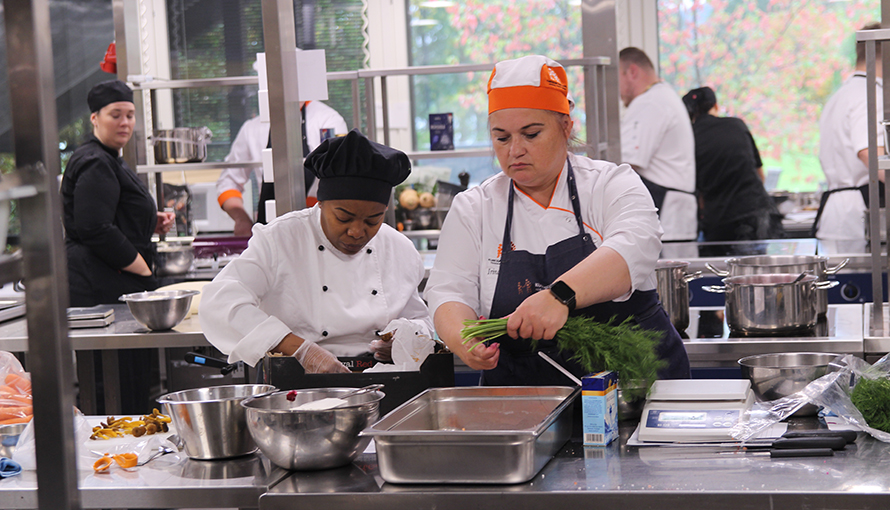
Hotel Alba
Alba is a hotel that has been Green Key certified for several years. Green Key is a certification for a more sustainable hospitality industry. Green Key demands that its participants meet certain criteria but also continuously develop their environmental efforts each year, making it an ongoing process. Sustainability manager Susanna Mekälä conducted the presentation on the hotel’s efforts to create a more environmentally friendly accommodation. Besides food, energy conservation in the form of water and electricity conservation is a challenge, as it requires a change in the guest’s mindset.
- Our guests are a bit different here than they are at home, and I think that applies to me as well, says Susanna Mekälä.
When it comes to food, it can be managed in a different way. The most important aspect right now is to minimize food waste. Everything on the buffet is carefully chose, and what can be reused is repurposed so that leftovers from a breakfast buffet can be used in the lunch menu.
Nudging is also used, such as having slightly smaller plates, so that each guest takes a little less.
- It’s better for them to go back for more and finish their food than to take too much and throw it away, says Susanna Mekälä.
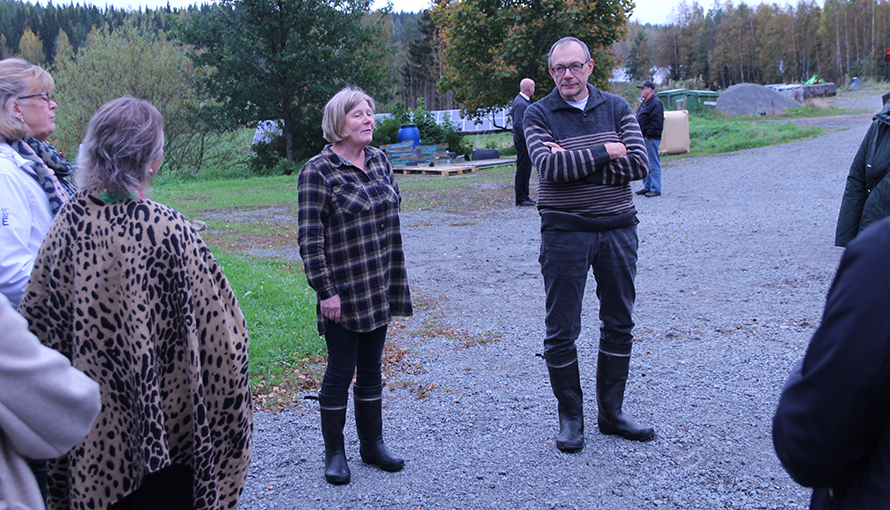
Järki Särki
When the couple Marja Komppa and Ari Seppälä completed their studies they wondered what the next step would be. In their case, it unexpectedly led them to a farm in the middle of Finland; a typical Finnish farm with 10 hectares of arable land and 30 hectares of forest. After experimenting with everything from sheep to turkeys, they eventually found their way into beekeeping, which they have now developed into the largest producer in Finland, possibly in the whole of Scandinavia. Their honey is available at all major grocery stores and is an integral part of Finnish cuisine.
The natural surroundings, with all its lakes, set limits on beekeeping because the water complicates life for the flowers. It is just everywhere, the water. However, in the water, the couple rediscovered an old treasure – the roach. This forgotten and almost despised little fish with its many bones has a flavor worth preserving. Over a few years, they have developed their roach product, which serves as both a topping and a base for spreads. Their next step is to create a Finnish-Thai flavored fish sauce for the increasingly popular Thai cuisine.
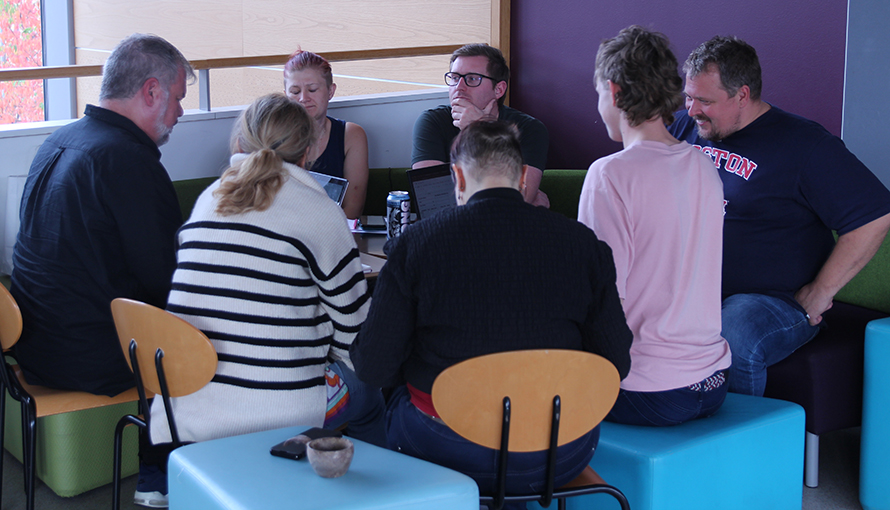
The cooking
This was the fourth time the teachers and students gathered to create a pop-up restaurant. The theme this time was brunch, with a mysterious Mystery box as an added bonus. Fish was the foundation, but there was a vegetarian option available.
As in previous instances, the students had prepared in groups for the week’s work, but the main work took place in the kitchen and the classroom. Menus were designed, and the food was prepared, and on Thursday, it was served with great joy to the guests.
But what did the students think of the process itself? Did the concept work? Yes, when it came to the menu and beverages. there were no problems. Each team came up with different solutions based on the available ingredients, and the groups did not find it challenging. Even the processed roach could easily be turned into a tasty and nutritious appetizer.
Because some students in teams are beginners and some are more advanced, it was great to realise how enthusiastic they all were. The result was ” We did our best”
- Teachers’ role in GreenPopUp4All – project is to falicilitate students to run the PopUp restaurant. It is important to trust the students, as Kristina, one of the student says. The group members in each team were supportive, making the work easier for all.
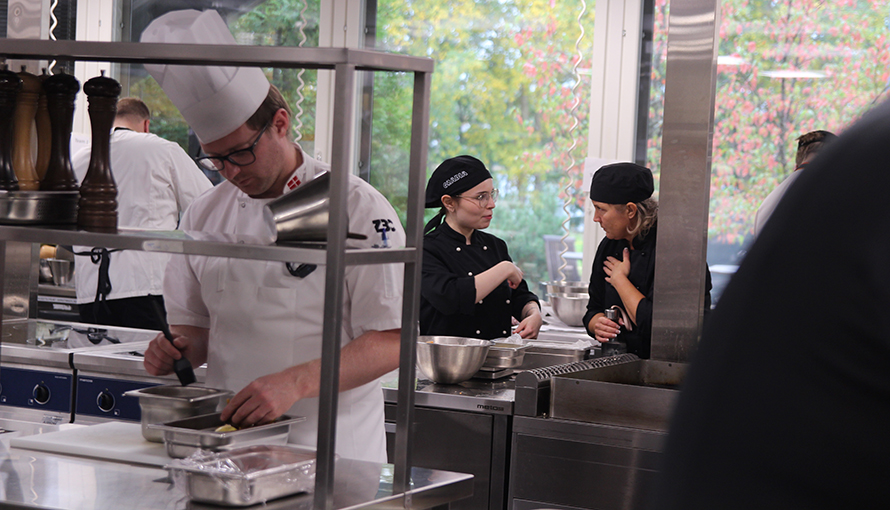
The used method – the Mystery box – was a pedagogical option , giving a possibility to brainstorm business idea, dishes and beverages all together face to face. The method made the discussion and interaction possible for all members.
Once brunch was served for the customers it was more than rewarding to come together like this across boundaries.
The week naturally concluded with a traditional Finnish sauna and swam in the nearby lake.
